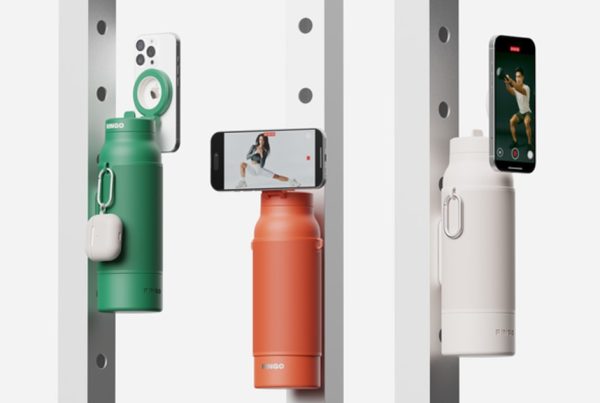Why should we back?
Intro
Welcome to KickstartNew! Today I’m thrilled to introduce the project Kode Dot: The All‑in‑One Pocket Size Maker Device, a compact yet powerful hardware innovation aimed at makers, hobbyists, educators and prototyping enthusiasts. This device packs a display, sensors, I/O ports and more into a tiny form-factor, combining hardware and software to bring electronics and coding projects into one portable package. The campaign is live on Kickstarter and offers an interesting opportunity to support something unique in the maker space.

Why should I back this project?
-
Its all-in-one design: Instead of juggling multiple boards, shields, wires and modules, the Kode Dot comes with built-in sensors, display, I/O ports and battery—all in a pocket-sized enclosure.
-
Supports familiar development workflows: You can code using Arduino, PlatformIO, ESP-IDF and then upload to the device. For makers who already use ESP32-S3 or Arduino, the learning curve is lower.
-
Versatility for makers: From sensor experiments, to robotics, to AI voice interfaces—the device claims to bridge hardware prototyping and software/app development in one board.
-
Open source ethos: The team intends to release hardware design files, software and documentation, which appeals to the maker community who value transparency and modifiability.
-
Portable and convenient: Because it’s small (size around 74×43×15 mm, weight ~75 g) and rechargeable via USB-C, you can carry your “lab” in your pocket.

What are the potential drawbacks you should consider when you back it?
-
Early-stage product: As with many Kickstarter hardware campaigns, prototypes may differ from final production units; risks include component changes, delays or manufacturing issues.
-
Niche audience: If you’re not into electronics, coding or maker-type projects, this may be overkill or irrelevant compared to simpler tools.
-
Learning / setup required: While it supports familiar IDEs, using the full capabilities (I/O, sensors, voice/AI, etc) may require intermediate skills—beginners might face a steeper learning curve.
-
Supply chain & shipping risks: Global hardware campaigns often face delays, cost overruns or shipping complications—especially when shipping internationally to places like Japan.
-
Prioritising features may compromise others: With so many built-in features (display, sensors, I/O, battery), trade-offs in performance, durability or software polish are possible.

The reliability of the project
-
Clear specification and website: The project website lists detailed specs (ESP32-S3, 2.13″ AMOLED display, battery, I/O ports) which shows the team has done engineering work and is not simply conceptual.
-
Maker-community focus: With open source promise and doc support, the project aligns with practices valued by hobbyist hardware developers, which adds credibility.
-
Active campaign and media: The Kickstarter page is live, and there’s promotional material, meaning the team is actively seeking backing.
-
But: I did not find a history of prior mass-produced products by the team (from the sources found). That means there’s less track record for industrial manufacturing at scale, which introduces more risk.
-
As usual: Backers should understand that Kickstarter is not a store—delivery dates and promised features may change.




